In this post, I will provide a tutorial on how to Create A 18th Century Style Hat and Dormeuse Cap. The style I selected is a bergére which features a wide brim and low crown. It was generally made of straw but often covered in other materials such as silk. The bergére was popular through the mid to late 1700’s.
Historical Background
It is believed that the name of the hat was inspired by Madame Bergeret who was painted by one of my favorite artists, François Boucher, in 1766.
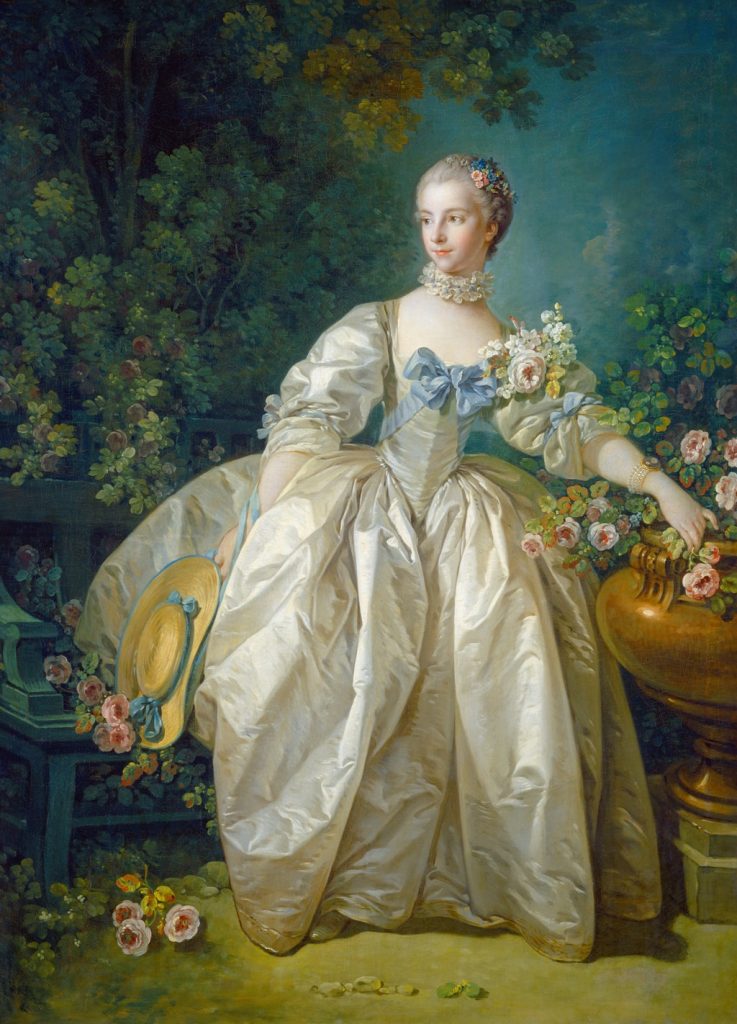
Historical costume makers often encounter a bit of difficulty in creating accurate looks in the area of accessories. To make an object that represents the 18th century with modern materials requires a bit of creativity. For inspiration, I wanted to share a few examples of true 18th century hats. Although there are original examples found in museums, most are quite delicate so paintings provide a good alternative.
The lovely “Mary Countess Howe” as captured by Thomas Gainsborough in 1760. You may be more familiar with Mr. Gainsborough’s portrait “The Blue Boy”.

“Portrait of Eleanor Frances Dixie” ~ Henry Pickering c. 1753

“The Duchess of Devonshire” ~ Joshua Reynolds c. 1780-1781
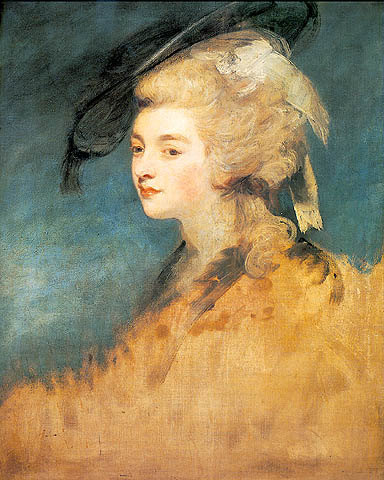
“Marie Antoinette in a Muslin Dress” ~ Louise Élisabeth Vigée Le Brun c. 1783
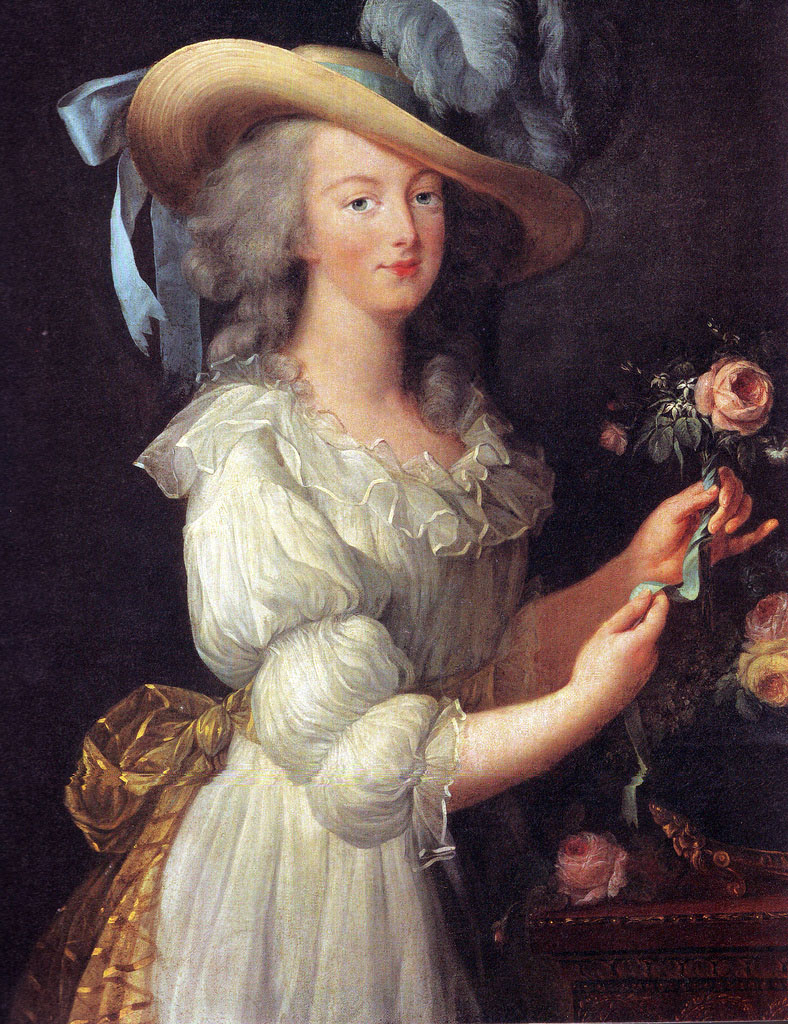
Other Influences
I also watched a few period films and studied the shots frame by frame. The movies included “Dangerous Liaisons” with Glenn Close, “The Duchess” with Keira Knightly and “Marie Antoinette” with Kirsten Dunst.
It was this scene in “The Duchess” that I settled on a design for my hat. The straw hat form I purchased from Colonial Williamsburg last year. It was $19.

I have since come across two tutorials on making your own hat which I plan to try in the future. One uses straw placemats. The other simply cut down a modern straw hat.
Tutorial
The first step involved cutting three inch wide strips of ivory silk I had on hand. I used pinking shears to give the ribbon a historically accurate look. My understanding is that in the 18th century nothing went to waste. When ladies made a new gown of silk they used the fabric scraps for bows and various trims to embellish their sleeves, bodices, and hats. But by all means, you could just purchase ready-made silk ribbon.
A metal straight edge and floor tiles kept the fabric straight.
I sewed three of the cut silk ribbons together to form one long ribbon. It was then machine gathered to fit around the edge of the brim of the hat. Next, it was topped with a hand-pleated French ribbon for further embellishment and sewn together.
French ribbon is basically ribbon that contains thin wiring along its edges. It is often used to make ribbon flowers. While I have had this particular spool of ribbon for a few years you can find French ribbon at most crafts stores.
Here you can see my pleating in progress. My best advice? Patience.
Construction
The ribbon was then hand tacked to the edge of the brim but I imagine in a pinch it could be hot glued.
As I showed you earlier brims could be worn in several different ways. I opted to hand tack the back of my brim up using simple hand stitching. It’s actually quite easy to sew through the straw.
I then attached a pinwheel bow to the back of the brim. I covered the center of the bow with a bit of vintage green velvet and also ran a strip of the narrow velvet along the base of the crown.
* You can find a variety of tutorials for pinwheel bows on my Pinterest sewing page.
Another pinwheel bow was attached at the front of the hat near the base of the crown.
A fetching chapeau.
Underneath, at the top of the crown, two long silk ribbons were attached. These are tied at the back of the head, at the base of the skull, to keep the hat in place on a windy day.
Here I am wearing the hat with a wig I have had for several years.
Dormeuse Cap
Another way to wear the hat that would have been acceptable in public is with a dormeuse cap.
After an hour or so my wig became rather warm and itchy and I don’t even suffer from one of the ills of the 18th century: lice. 🙂 So I switched to a cotton round eared cap and hat combination.
A dormeuse cap comes in a variety of styles and can be made of cotton, linen, or lace. Again, the fabric selected would be an indicator of the ladies financial status.
“Mrs. John Faber” ~ Thomas Hudson (1701-1779)
A close up of a lace dormeuse cap worn by Mrs. Izard from “Mr. and Mrs. Ralph Izard” by John Singleton Copley c. 1775.
I had purchased my cap at my last visit Colonial Williamsburg for around $10. You can find patterns for purchase online as well as a few DIY tutorials HERE and HERE. A simple style would be a good project for a beginning seamstress. There is also a good selection of hats and caps for purchase HERE.
Overall I love the look of the wig with the hat. But the dormeuse cap is more comfortable.
Total cost for this project:
Hat $19, cap $10, all other trims and embellishments I had on hand.
So tell me, what is your favorite hat?
Laura
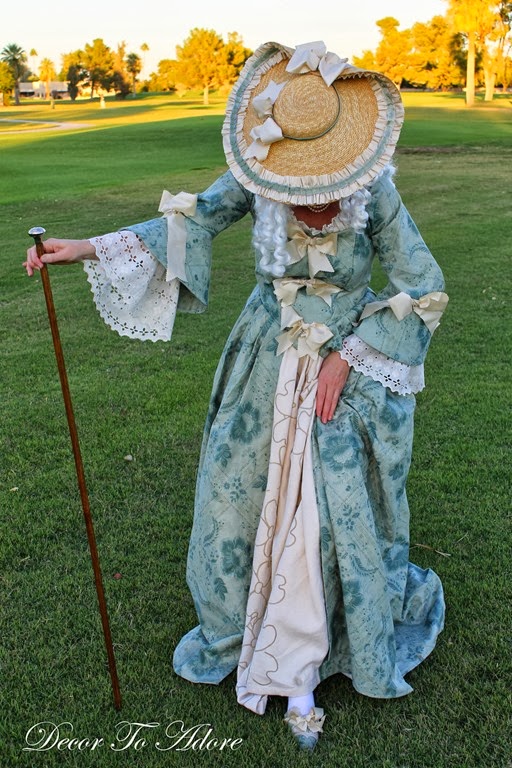

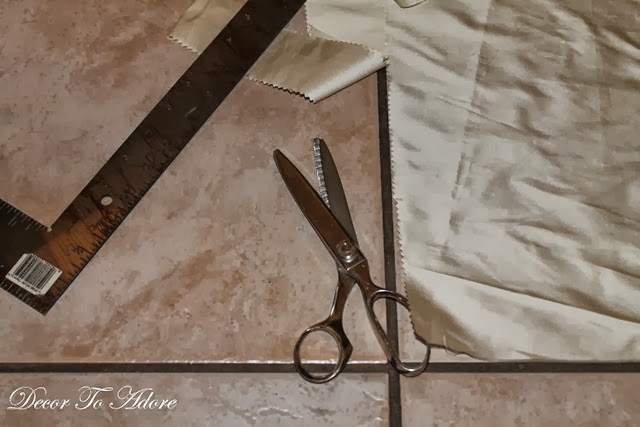
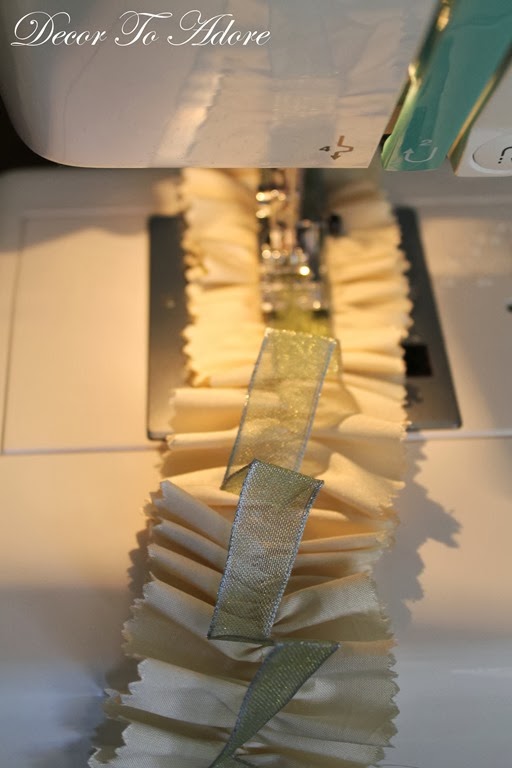
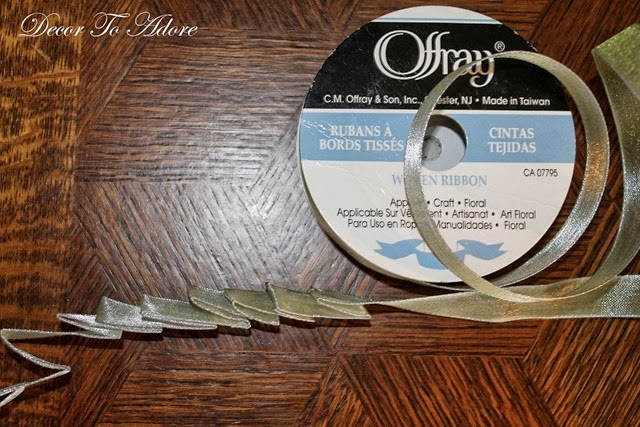
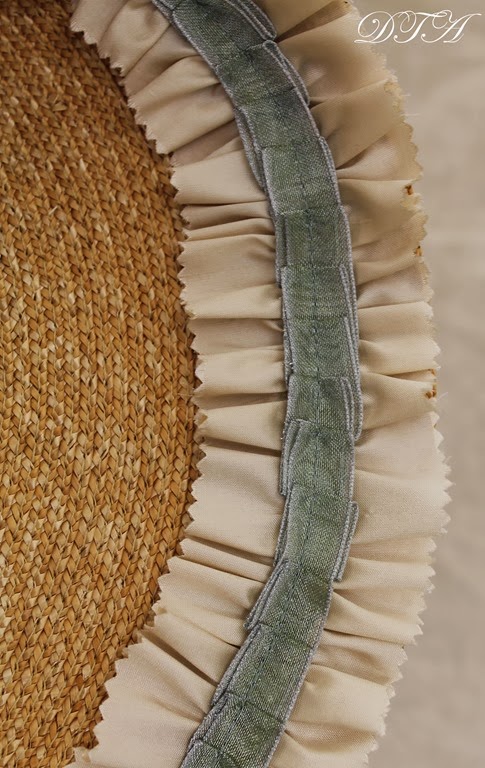
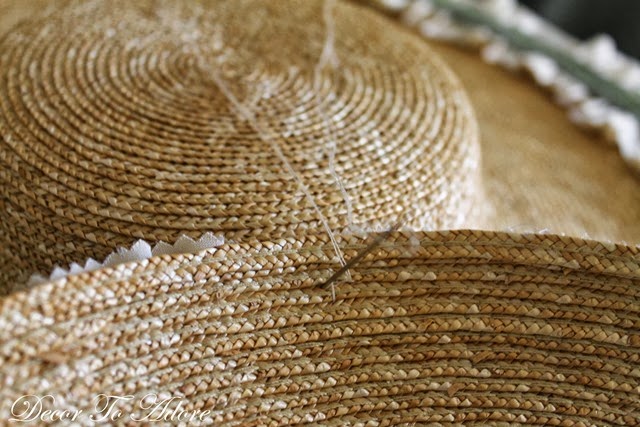
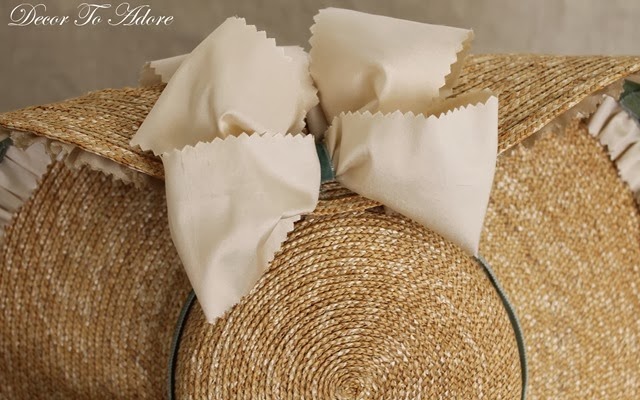
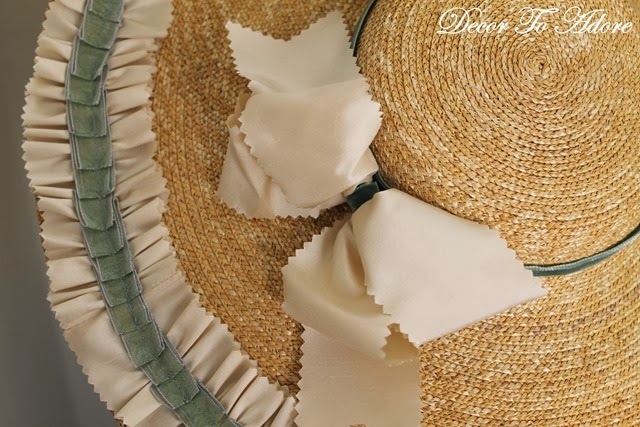
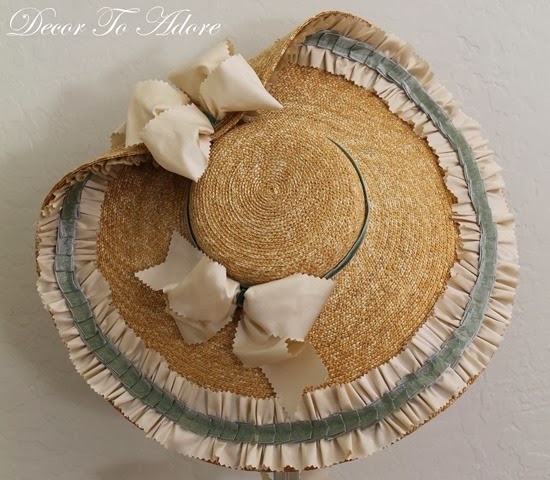
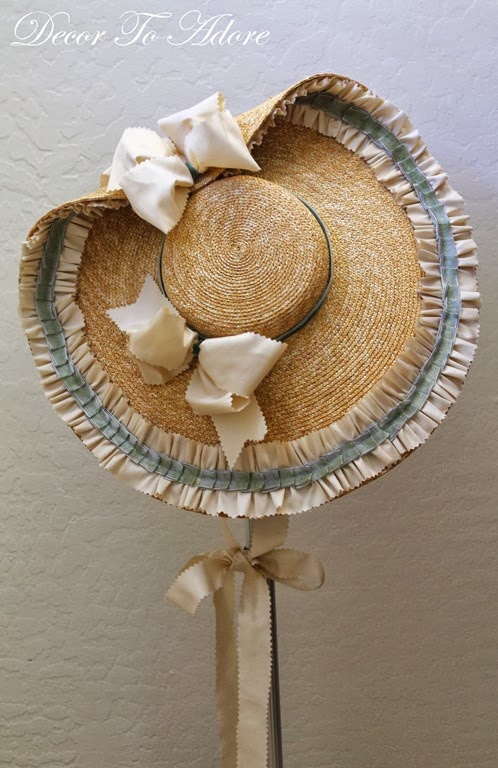
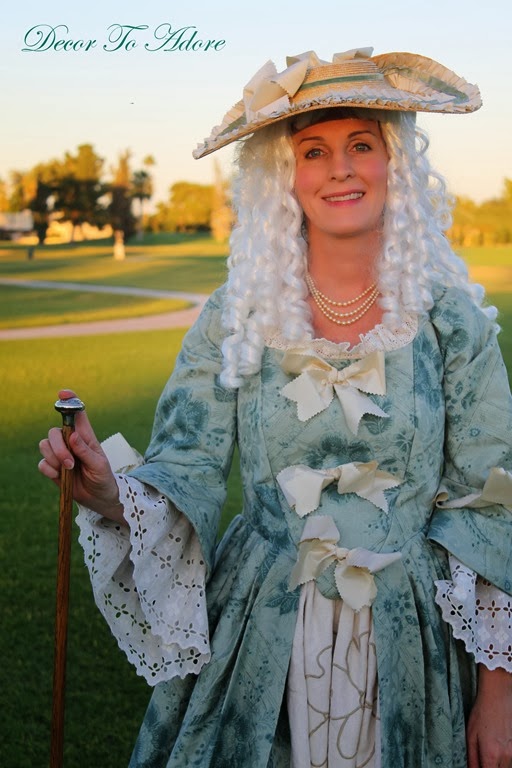
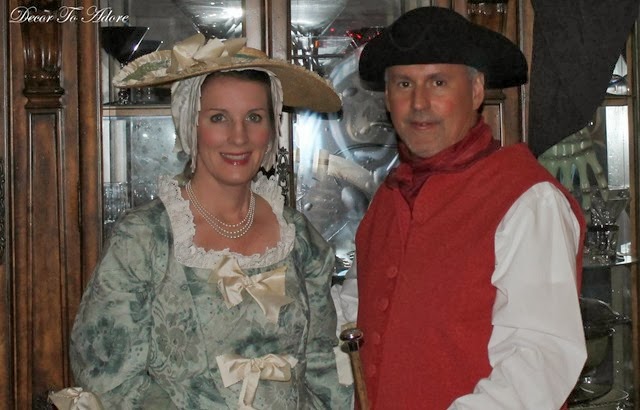
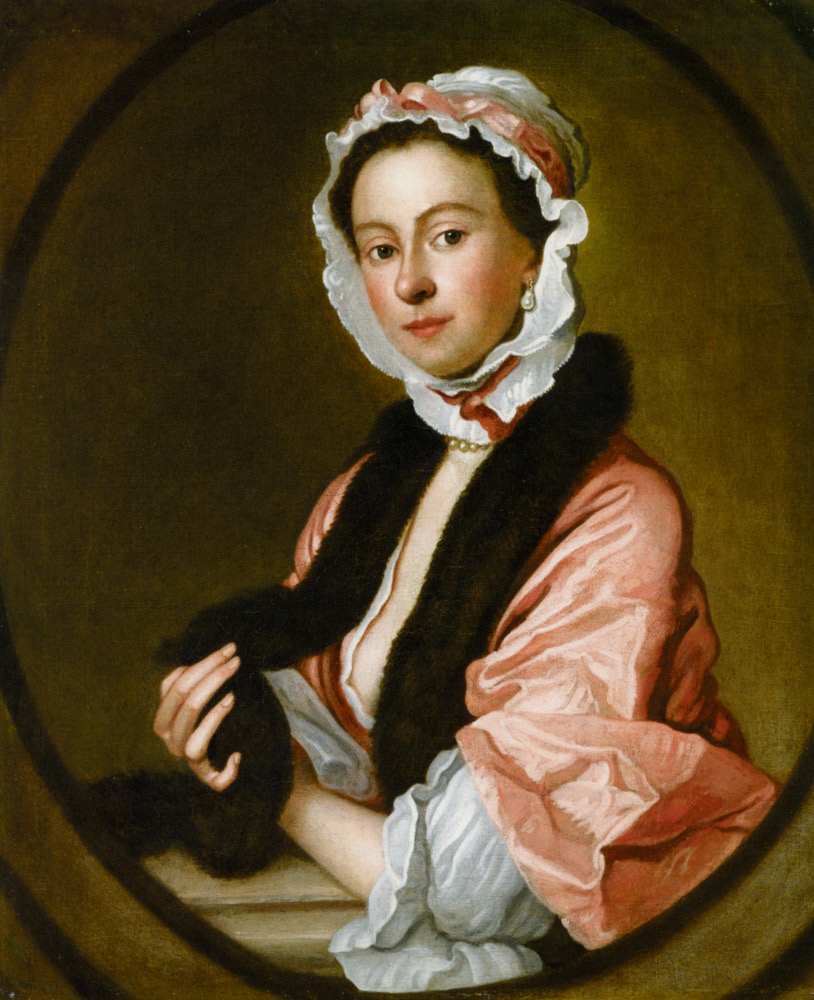
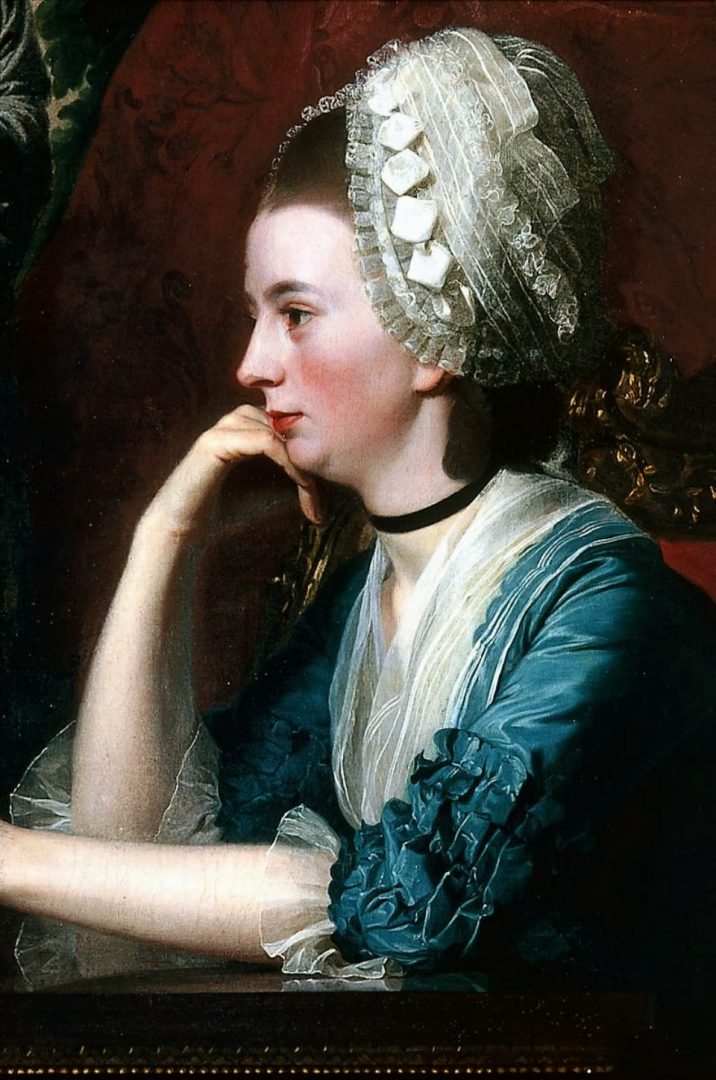
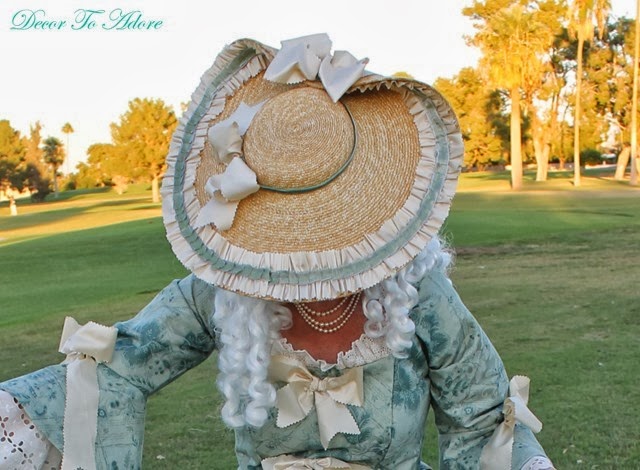
This hat is fabulous and the cap is stunning too. So much detail and so beautifully done. Hugs, marty
It looks so wonderful! I love the trim you added!!!
I can't believe you made ALL of that! You're so talented and look beautiful in it!
Honestly thought you bought youra Laura, it looks fantastic!!!!!
Laura, you did a beautiful job on your hat. You look stunning wearing the hat and, for that matter, the entire ensemble. Madame Bergeret would most likely been proud of your version of her hat!
Your costumes are just fabulous! Have fun at the party!
Awesome Laura! Truly so beautiful!
Simply fantastic, as always, my Lady!
Very nice job on your hat! When I was in college I worked in Colonial Williamsburg as a costumed sales person at the outdoor market across from the courthouse. I spent many, many hours hand stitching ribbons to hats, and I was actually told by my boss that I had to tone it down a bit- I was letting my creativity get away with me and using too much ribbon on the hats, and since we priced the decorated hats based on labor time and materials I was creating hats that were too expensive! But I knew there would be someone who would come along and just fall in love with my hats covered in hand-sewn ribbon roses and leaves (and they always did). 🙂 I highly approve of your elaborate creation!
My most common style was the one shown in the portrait of Eleanor Frances Dixie- I would do small gathers in the ribbon around the crown of the hat, then embellish it at the back with bows and flowers. It was a fun way to spend my summer days. 🙂
You really did your research! What fun and you look so pretty in both…I would forget the wig and just go with your beautiful brown locks 🙂 You did a great job and I bet it was so fun to get all dressed up. Your hubby sure is a good sport!!
You are amazing. I believe there is nothing you could not do if you put your mind to it, and you would do it beautifully.
I actually prefer the cap to the wig, it just looks like it “goes” better for some reason. Maybe I would like wig if it were pinned up a bit or something.
You are a wiz at everything you do! I am so impressed with your costume and hat as well as your husbands. Your research is so impressive. I would like to watch these movies having viewed your pics the costumes are so pretty. I have seen Marie Antoinette but don't think I have seen the others. Thank you for the paintings with the period dress too. I want to study them.
You look fabulous in your costume and you will be the star of the party you are attending. Make pictures for us.
Thanks for your comment on my Assisi post. I think you would enjoy the prior ones on Venice and Rome.
Have a good weekend.
Wow! I hope you hear the applause coming from Florida!
xo,
Sheila
What can I say but “glorious!” The style is stunning–and your handiwork inspired. 🙂
Bergère is actually a French word meaning shepherdess. It is likely that shepherdesses were wearing straws hat to protect themselves from the sun, giving then their name to straws hats.